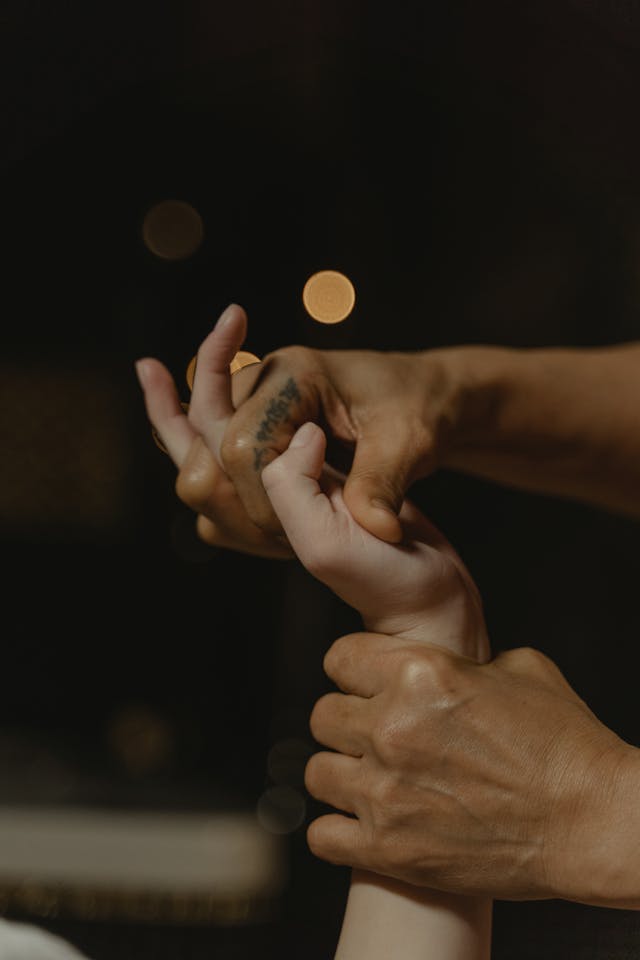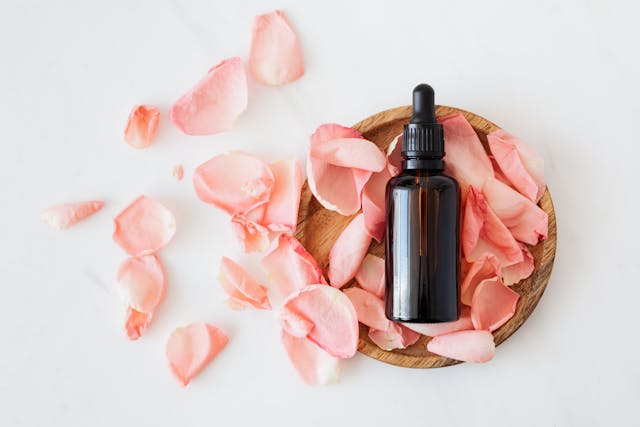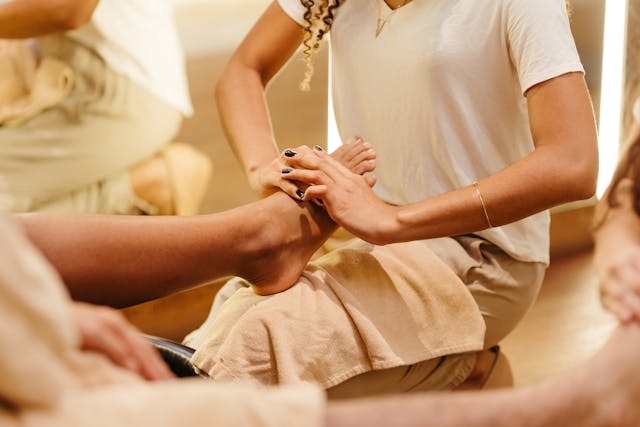Reflexology, a complementary therapy that has grown in popularity over the years, traces its roots back to ancient civilizations. Originating over 5,000 years ago, reflexology was practiced in Egypt, China, and among indigenous American tribes. Historical evidence suggests that reflexology, or forms of it, was used by these ancient cultures as part of their holistic approach to health and well-being. The famous physician William H. Fitzgerald is often credited with bringing reflexology to the modern Western world in the early 20th century, developing what he called “zone therapy.” His work was later expanded upon by Eunice Ingham, the mother of modern reflexology. She mapped out the entire body on the feet and hands, laying the foundation for contemporary reflexology practices.
Reflexology works on the principle that specific points on the feet, hands, and ears correspond to different organs and systems of the body. By applying pressure to these points, a reflexologist can stimulate the corresponding organs and promote healing. This practice is believed to enhance the body’s natural ability to heal itself, encouraging a state of balance and optimal function. Reflexologists use their thumbs, fingers, and sometimes wooden sticks to apply pressure to these reflex points, employing a variety of techniques that vary in intensity and duration.

The therapeutic benefits of reflexology are manifold. Physically, it is known to alleviate symptoms of various ailments such as headaches, sinus problems, digestive issues, and chronic pain conditions like arthritis. It can improve circulation, boost the immune system, and promote relaxation, thereby reducing stress and tension in the body. This holistic approach is particularly beneficial for those who suffer from chronic conditions and are seeking non-invasive treatments to manage their symptoms. Reflexology is also used as a complementary therapy for cancer patients, helping to manage pain, reduce anxiety, and improve overall well-being during treatment.
On a mental and emotional level, reflexology has a profound impact on reducing stress and promoting mental clarity. Many people who receive reflexology report feeling a deep sense of relaxation and tranquility during and after sessions. The process of reflexology stimulates the nervous system and induces the release of endorphins, the body’s natural painkillers and mood enhancers. This can lead to improved mood, better sleep, and a greater sense of overall well-being. The repetitive and rhythmic nature of the reflexology techniques also plays a role in soothing the mind, much like meditation or mindfulness practices.

After a reflexology session, individuals often describe a feeling of lightness and rejuvenation. Some report immediate relief from pain or discomfort, while others may experience a gradual improvement over several sessions. The effects can vary from person to person, depending on their unique health conditions and how their body responds to the treatment. Generally, multiple sessions are recommended to achieve the best results, especially for chronic conditions. A typical reflexology treatment plan might involve weekly sessions for a few months, followed by maintenance sessions every few weeks or months as needed.
Reflexology is suitable for almost everyone, from infants to the elderly. It is a safe and non-invasive therapy that can be adapted to meet the needs of individuals with different health conditions and levels of sensitivity. However, it is always advisable to consult with a healthcare professional before beginning any new treatment, especially for those with serious health conditions or those who are pregnant. Reflexologists are trained to adjust their techniques to accommodate the specific needs of their clients, ensuring a comfortable and effective treatment experience.

In conclusion, reflexology offers a holistic approach to health and well-being that addresses both physical and mental health. Its ancient origins and modern-day applications demonstrate its enduring value as a complementary therapy. Whether you are seeking relief from a specific ailment or simply looking to enhance your overall well-being, reflexology provides a pathway to improved health through the power of touch and natural healing. By stimulating the body’s healing processes, reflexology promotes a state of balance and harmony, helping individuals achieve a better quality of life.
Love Life x
References:
- Kunz, Kevin, and Barbara Kunz. Reflexology: Health at Your Fingertips. Dorling Kindersley, 2003.
- Ingham, Eunice D. Stories the Feet Can Tell Thru Reflexology. Ingham Pub Inc, 1984.
- Fitzgerald, William H. Zone Therapy. Houghton Mifflin, 1917.
- Tiran, Denise. Reflexology in Pregnancy and Childbirth. Churchill Livingstone, 2003.
Byers, Ann Gillanders. The Complete Reflexology Tutor: Everything You Need to Achieve Professional Expertise. CICO Books, 2

